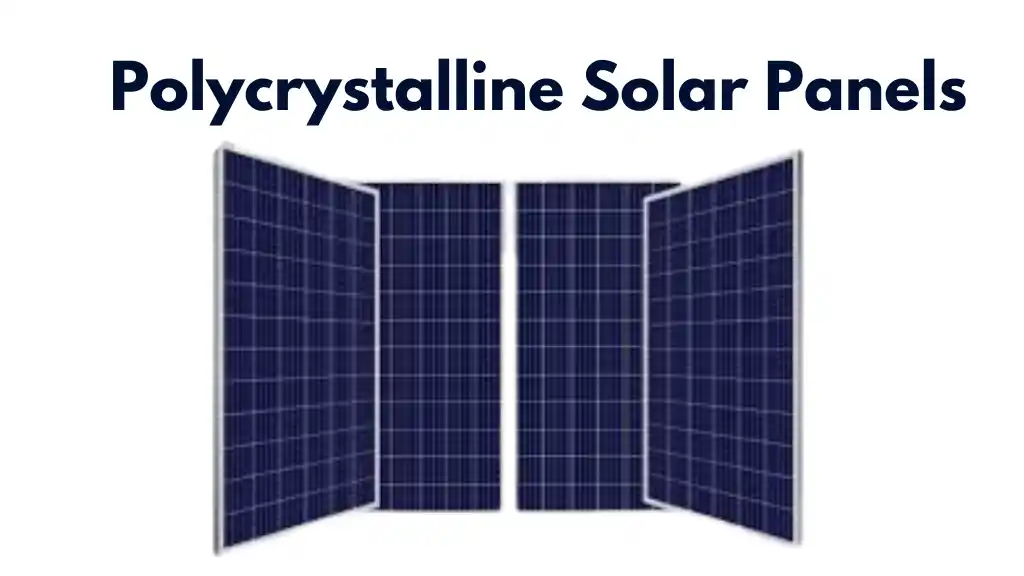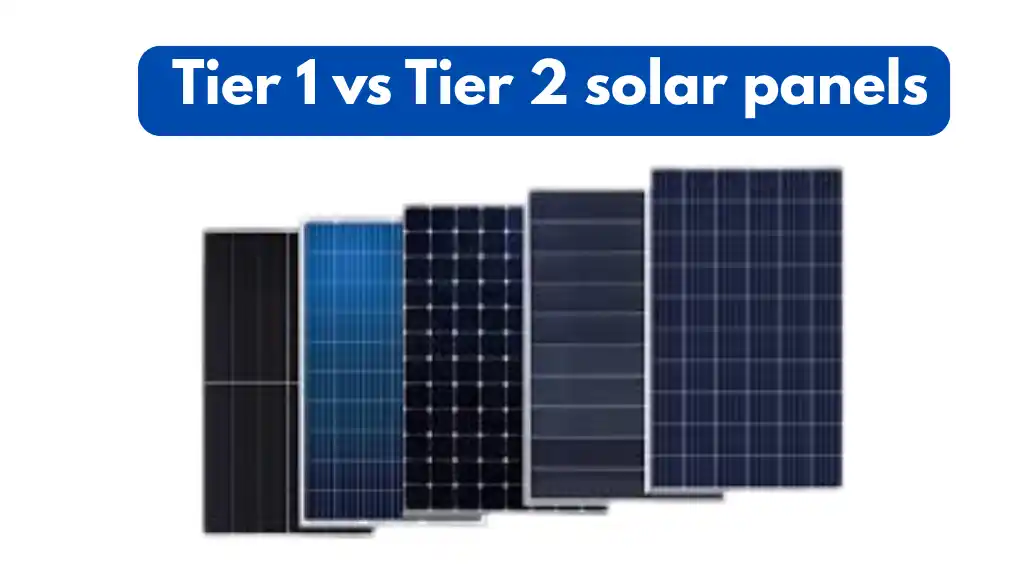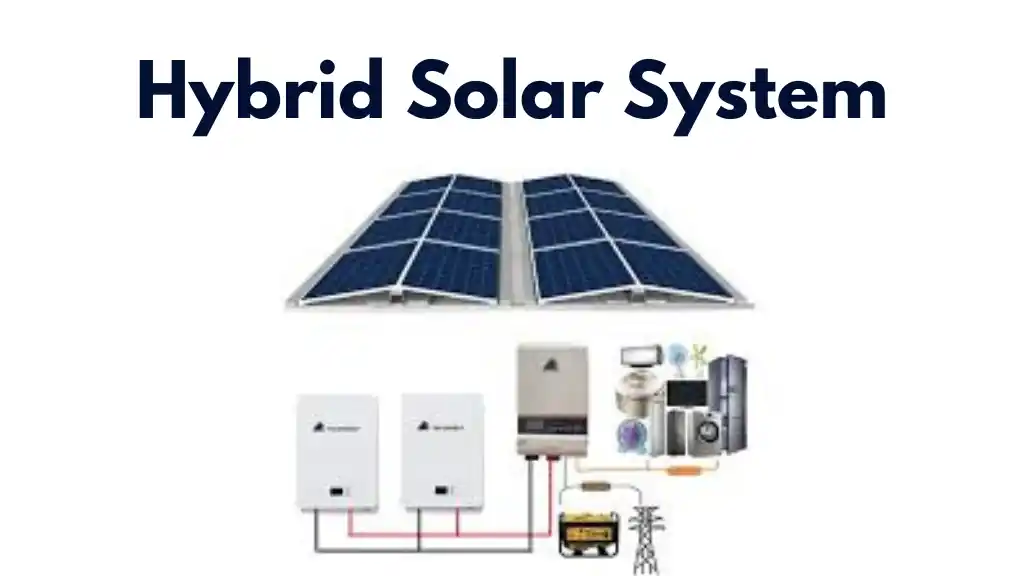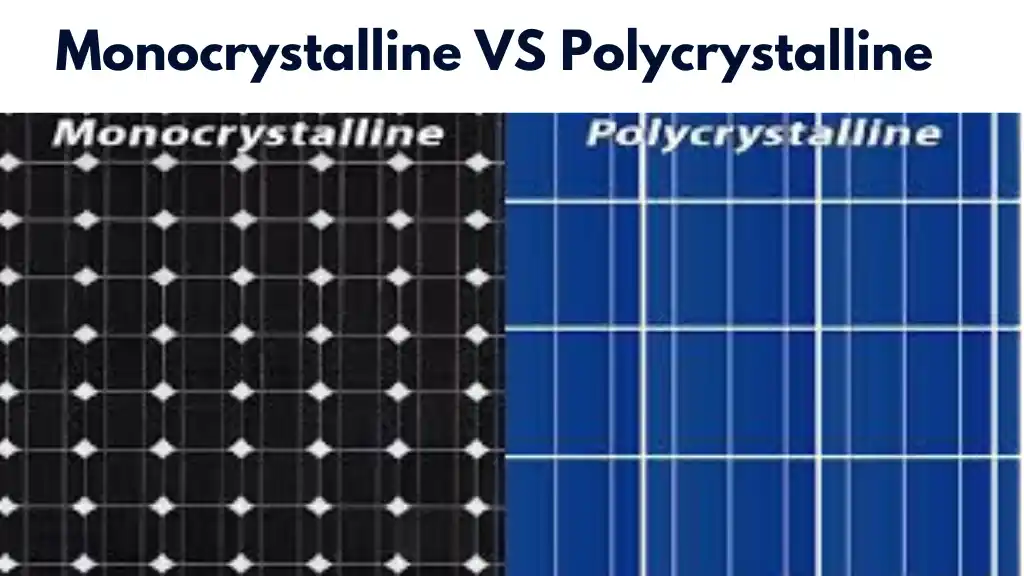
Polycrystalline Solar Panels : The Ultimate Guide for June 2025
Solar panels have become a key part of our lives. Among the various types available, polycrystalline solar panels stand out as a popular and cost-effective choice for homeowners and businesses alike. Polycrystalline solar panels are known for their blue color and unique mosaic pattern. These solar panels can save you up to 30% on installation costs compared to other types of solar panels.
They are made from many silicon crystals, which makes them both affordable and reliable for generating solar power. Whether you’re looking to cut down on electricity bills, or explore solar energy options, understanding polycrystalline solar panels is key.
What Are Polycrystalline Solar Panels
Polycrystalline panels are made by melting many pieces of silicon together to create solar cells.They are known for their blue, speckled appearance and are a cost-effective alternative to monocrystalline panels.
Further Reading: On Grid Solar Systems
Key Features and Characteristics of Polycrystalline Panels
Polycrystalline solar panels are widely chosen for solar energy systems because of their special qualities. Below are some key features that make them special.
Appearance
These panels have a blue, spotty look because they are made from lots of silicon crystals.
The surface has a mosaic-like pattern, which is a result of the melting and cooling process of silicon fragments.
Efficiency
They have an efficiency range of 15–17%. While this is lower than monocrystalline panels, it is still sufficient for most residential and commercial applications.
Due to their lower efficiency, they are often used in projects where space is not a constraint.
Cost-Effectiveness
They are less expensive compared to monocrystalline panels.It makes them a budget-friendly option for homeowners and businesses.
Durability and Lifespan
Like other types of solar panels, polycrystalline panels can last up to 30 years. They are strong enough to withstand tough weather like rain, snow, and wind.
Environmental Impact
Their manufacturing process generates less silicon waste compared to monocrystalline panels.
Performance in Different Conditions
They perform well in low-light conditions, such as cloudy or overcast days. They are more sensitive to high temperatures, which can reduce their efficiency in hot climates.
Polycrystalline vs. Monocrystalline: Key Differences
While polycrystalline panels are a popular choice, it’s important to understand how they compare to monocrystalline panels. Here’s a quick comparison:
| Feature | Monocrystalline Panels | Polycrystalline Panels |
| Manufacturing | Single crystal of silicon | Multiple silicon fragments |
| Appearance | Uniform black | Blue, speckled |
| Efficiency | 18–22% | 15–17% |
| Cost | Higher | Lower |
| Space Requirement | Less space needed | More space needed |
| Heat Performance | Better in high temperatures | Less efficient in heat |
| Lifespan | 25–30 years | 25–30 years |
| Eco-Friendliness | More energy-intensive | Less silicon waste |
Benefits of Polycrystalline Panels

Polycrystalline solar panels are a smart and budget-friendly option for many solar energy systems.
Affordable Solar Solution
These panels offer affordable solar solutions and make solar energy accessible to a wider range of audience. The reduced production costs result in lower installation expenses.
Reliable and Long-Lasting
Designed to withstand harsh weather conditions, these panels last for a long time. Once installed, these panels require minimal upkeep, reducing long-term maintenance costs.
Energy Savings and Independence
These panels help you to generate your own electricity and significantly cut down on monthly utility costs. You can also reduce dependence on the grid and protect yourself from rising energy prices.
Government Incentives
Government incentive is another benefit of these panels.Many governments offer tax credits, rebates, and incentives for solar installations. It makes polycrystalline panels an even more attractive investment.
Versatile Applications
They are ideal for homeowners with larger rooftops who want an affordable solar solution.
These benefits add extra value to these panels.
Performance in Diverse Conditions
One of the key benefits of these panels is their performance in diverse conditions.They perform well in a variety of climates, though they are slightly less efficient in extremely hot environments.
Who Should Choose Polycrystalline Solar Panels?
These solar panels are an excellent choice for those seeking an affordable, durable, and eco-friendly solar energy solution. They are more budget-friendly than monocrystalline panels. With a lifespan of 25–30 years and minimal maintenance requirements, these panels are built to last and perform well in various climates. They also help lower electricity bills, provide energy independence, and qualify for government incentives. Whether you have a larger roof, or need a cost-effective solution for commercial or off-grid projects, these solar panels offer a practical and sustainable way to utilize solar energy.
Conclusion
Polycrystalline solar panels offer a cheaper and more affordable option to use solar energy. With their blue colour and mosaic design, they are a popular choice for homeowners and businesses to save on electricity bills. They may not be as efficient as monocrystalline panels, but their lower cost and reliable performance make them a great option for many people. Polycrystalline solar panels are a cost-effective and eco-friendly solution.






